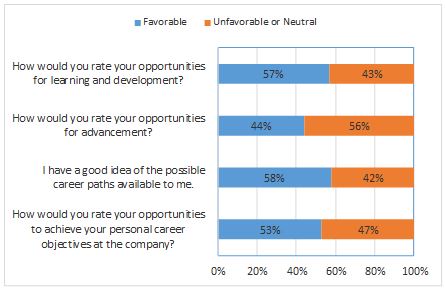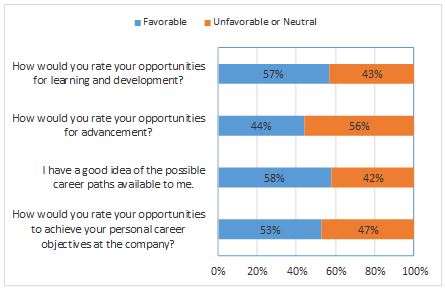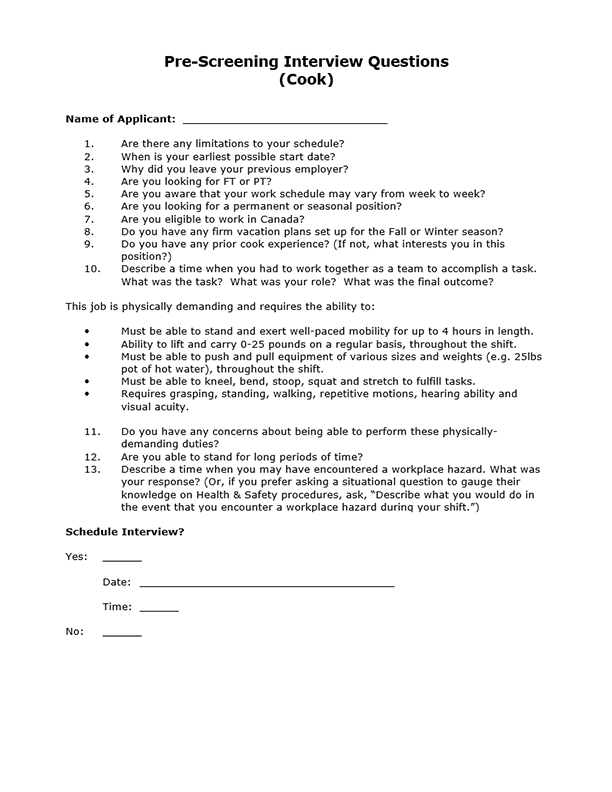March 17, 2017
From Hay Group Insight survey data, only about half of employees give their companies favorable ratings on career and development issues.

Even in a slow growth economy, top talent always has opportunities to advance. If they don’t see those opportunities at their current employer, they can easily find them elsewhere. It is often easier to quiz the recruiter, or mine another company’s Career site, than to find out information on career opportunities in your own company. Millennials, who particularly value development, will especially seek out organizations with cultures that support career development.
Filling the pipeline for talent – but to do what?
Of course, a focus on career development doesn’t only serve the employer’s need to attract and retain talent. It can be the engine that fills the organization’s pipeline to ensure a supply of future leaders.
But does the organization have a roadmap of the kind of talent it will need in the future, and the roles that will need to be filled? Providing general professional development is good, but Hay Group advocates a focus on demand-driven career development: clarifying the roles needed for the future and executing the development strategies needed to supply candidates for the roles we will need tomorrow, not today.
TWO VIEWS TO CAREER DEVELOPMENT
And, Hay Group also sees the need to look at career development programs from two perspectives: broad based career programs and mission critical career pathing.
Broad based career development – with a future focus
Broad based programs are more public, and clarify for current staff (and external candidates) what the future-oriented roles are that they can aspire to. It also provides them with the development resources needed to reach their career goals. This information can be on internal or external websites in order to publicize the company’s commitment to career development. It should foster cross-organizational mobility, and help develop critical behavioural competencies as well as the technical skills needed in the future state.
Mission critical career pathing
Mission critical career pathing is typically less public than broad based programs. It focuses on key destination roles – jobs that the organization must get right for it to succeed. It defines a roadmap of career experiences candidates must accomplish in order to optimize their likelihood of success if they do move into a destination role. Distinct from succession planning, it identifies feeder roles and career accelerants that reach back several steps prior to a destination role to ensure the organization has a significant pool of talent to develop and ultimately choose from.
FINAL NOTE – HIGH RETURN ON INVESTMENT
As organizations look to different strategies to enhance employee engagement and become an “employer of choice”, a focus on career development has a key advantage – it’s cheap. You can always pay more to try to attract top talent, but that permanently increases your human resource costs. Focusing on career development takes some of management’s time and resources, but it is one of the least expensive attraction/retention strategies you can employ – much less expensive than trying to outbid your competition for top talent.
By Vincent Milich. Milich is a Vice President in the reward practice of Hay Group’s Metro New York office. This article was originally published on Hay Group’s blog and has been reprinted with permission. Hay Group is the copyright owner of this article.
go2HR is BC’s tourism and hospitality , human resources and health & safety association driving strong workforces and safe workplaces that deliver world class tourism and hospitality experiences in British Columbia. Follow us on LinkedIn or reach out to our team.
Return to top


